LATVIJA.FM
Cesvaine Palace: Neo-Renaissance Splendor Amid the Latvian Highlands
Journey through the richly ornamented Cesvaine Palace, a masterpiece of late 19th-century aristocratic ambition nestled in the Vidzeme highlands. Built for Baron Adolf Gerhard von Wulf between 1893 and 1896 by celebrated Berlin architects Hans Grisebach and August Dinklage, the palace fuses Gothic, Romanesque, Renaissance, and Art Nouveau elements into a harmonious whole. Its romantic silhouette of turrets, steep roofs, and stonework blends seamlessly with the surrounding landscape, evoking a fairy-tale grandeur. Once the centerpiece of a thriving estate, it survived wars, occupation, and a devastating fire, emerging in recent years as one of Latvia’s most captivating heritage sites, drawing visitors from across the world.
An Aristocratic Vision in Stone
When Baron Adolf Gerhard von Wulf commissioned Cesvaine Palace in the 1890s, he envisioned more than just a residence. He sought a statement of power, taste, and cultural refinement that would rival the finest estates in Europe. The chosen location, high in the rolling Vidzeme landscape, offered both commanding views and historical resonance—just steps away stood the remnants of a medieval bishop’s castle, a reminder of Cesvaine’s centuries-old strategic importance. Architects Hans Grisebach and August Dinklage abandoned the rigid forms of German Renaissance revival in favor of the late Tudor Neo-Renaissance style, then in vogue among Europe’s elite. Built from unplastered granite quarried nearby, the palace exudes permanence and gravitas, its facade enlivened by balconies, decorative chimneys, and a striking round tower capped with a helmet-shaped roof. This was no mere manor—it was a theatrical statement designed to inspire awe in every visitor.
A Tapestry of Architectural Styles
Part of Cesvaine Palace’s enduring appeal lies in its bold eclecticism. Grisebach and Dinklage wove together stylistic threads from multiple epochs—Romanesque solidity, Gothic verticality, Renaissance symmetry, and Art Nouveau fluidity. The result is a building that feels at once timeless and of its era. Inside, sculptural stonework, wrought iron detailing, and intricate wood carvings testified to the craftsmanship of late 19th-century artisans. The main entrance, framed by a massive arched portal, invited guests into a world of polished parquet floors, grand staircases, and lofty halls designed for both intimate family life and lavish entertaining. Even the estate’s auxiliary buildings—the stables, granary, and brewery—were built with architectural finesse, some adopting the same romantic style as the palace itself. Every element reinforced the image of Cesvaine not just as a home, but as a cultural landmark within the aristocratic landscape of Latvia.
From Grandeur to Hardship
The palace’s splendor did not shield it from the upheavals of the 20th century. After the 1920 agrarian reform, the Von Wulf family lost their estate, and by 1919 Cesvaine Palace had been repurposed as a school. During the German occupation from 1941 to 1944, the Wehrmacht used the building as a headquarters, marking another transformation in its function. Under Soviet administration, it continued as a school, though wartime damage and decades of utilitarian use dulled its former elegance. Yet even in this diminished state, Cesvaine retained a certain grandeur—its towers still rising proudly, its stone walls weathering history’s tempests. For generations of local students, the palace was not a remote monument but part of daily life, blending the extraordinary into the ordinary. This unusual continuity likely contributed to its survival through times when other aristocratic residences in Latvia were left to ruin.
The Fire and the Fight for Restoration
On 5 December 2002, tragedy struck when a fire, sparked by a faulty stove, consumed much of Cesvaine Palace’s roof and gutted parts of its upper floors. The loss was devastating, destroying not only the timber structures but also some of the richly decorated interiors. For a moment, it seemed possible that the palace might never recover. Yet public outcry and heritage advocates’ determination ignited a restoration campaign. With support from the European Union and cross-border cultural projects, meticulous work began—rebuilding the roof, restoring the great tower, and conserving surviving decorative elements. Craftsmen replicated original materials wherever possible, from glazed stove tiles to carved oak banisters. Though progress was gradual, each completed section brought the palace closer to its original vision, transforming it from a damaged relic into a revived jewel of Latvian heritage.
Cesvaine Today: A Palace for the Public
By 2022, after two decades of phased restoration, Cesvaine Palace once again welcomed visitors to its halls. Today, it serves multiple roles: a museum showcasing its own history, a venue for cultural events, and a filming location for international productions. The surrounding estate buildings, landscaped park, and remnants of the medieval bishop’s castle enrich the experience, allowing visitors to step through layers of Latvian history in a single afternoon. The round tower’s viewing platform offers sweeping views over the Vidzeme highlands, while inside, restored rooms reveal the artistry of a bygone age. More than a preserved monument, Cesvaine is a living site—one that continues to evolve while honoring its past. In every restored stone and polished bannister, one senses the endurance of the vision Baron von Wulf set in motion over a century ago.
Cover image: Cesvaines pils, 21 August 2016, By Lauratkacheva - Own work, CC BY-SA 4.0, Source.
